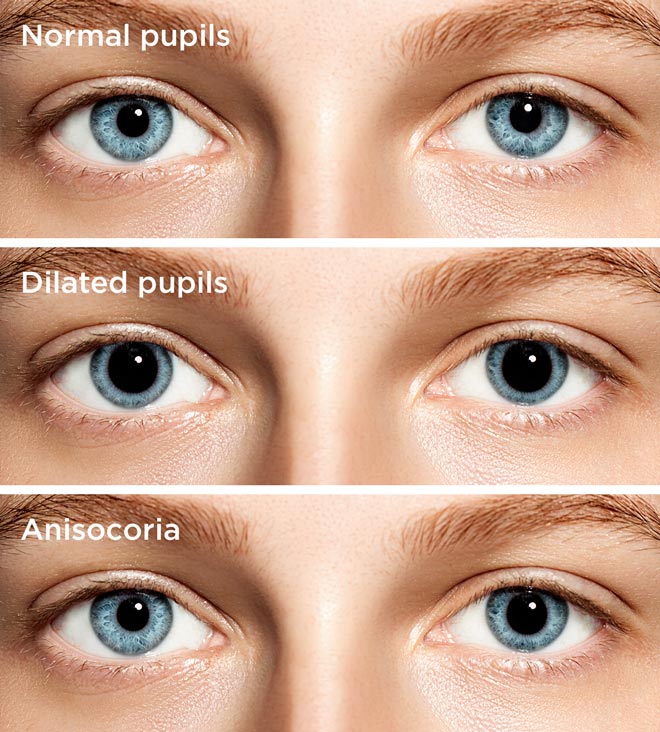
Some behaviours are ‘contagious’ occurring involuntarily after viewing someone else engage in those behaviours ( Chartrand and Lakin, 2013). Pupillary contagion, pupillometry, conspecifics, cat person, dog person, pet ownership, empathy In sum, pupillary contagion responses indicate a spontaneous transfer of information about internal states and the findings suggest that humans are sensitive to this across species, regardless of individual preference. Dog affiliation might be associated with less arousal to dog images. Greater dog affiliation was also associated with smaller overall pupil size change to dogs and larger change to humans, but this did not interact with image pupil size. There was greater pupil size change to cats and dogs than to humans, but this might have been due to the varying size and appearance of the cats and dogs. There was an image pupil size effect, but this did not vary by species. Trait empathy, cat and dog affiliation and experience were subsequently measured. Pupil sizes were measured while viewing cat, dog and human images with small, medium and large pupils.

We investigated whether the pupillary contagion response occurs for humans viewing familiar species-cats and dogs-and whether it is modulated by preferences for particular species. This involuntary response is reliable between humans but can be affected by familiarity and empathy. When viewing pupil sizes change, our own pupil sizes change, a phenomenon known as pupillary contagion.


 0 kommentar(er)
0 kommentar(er)
